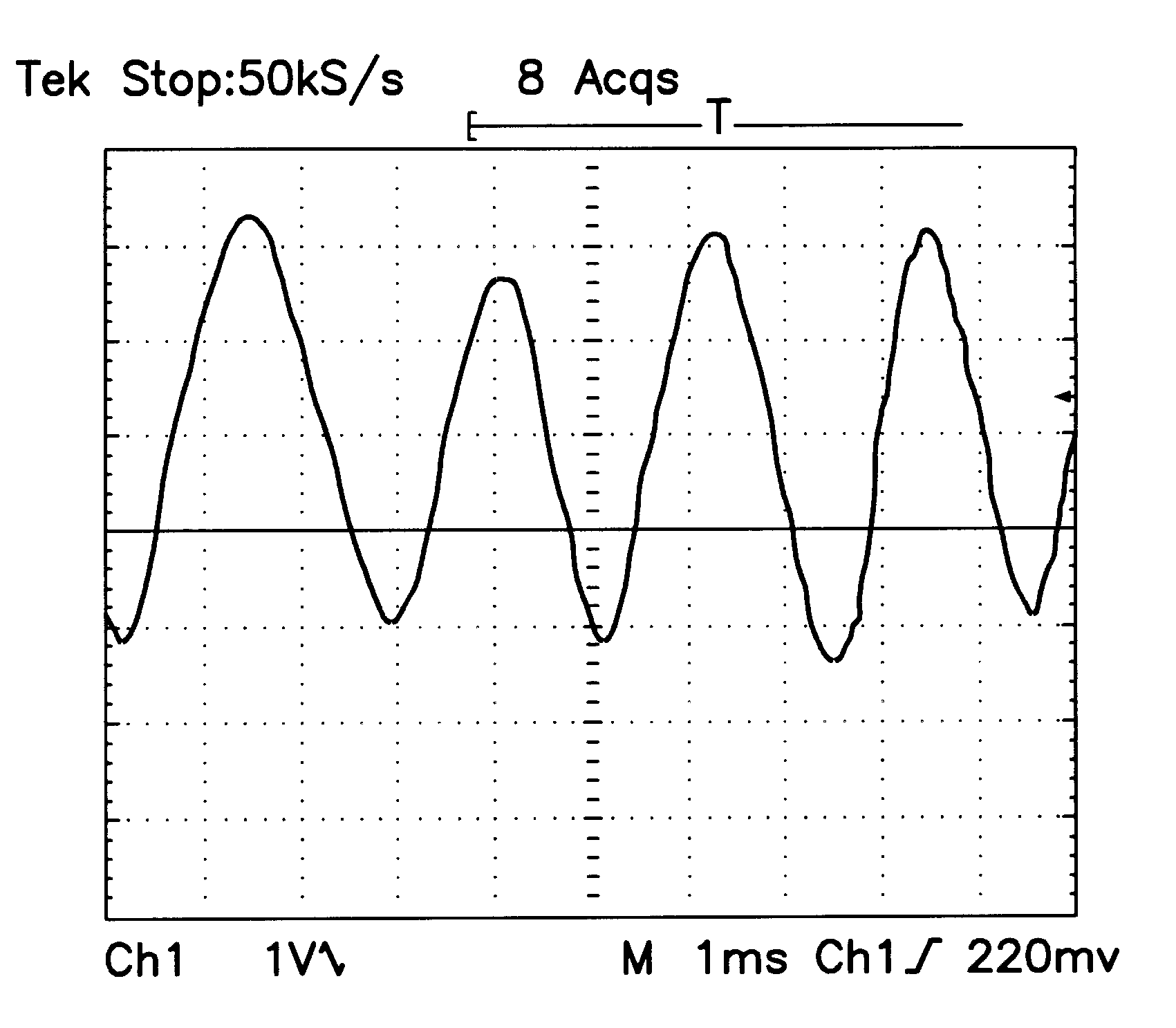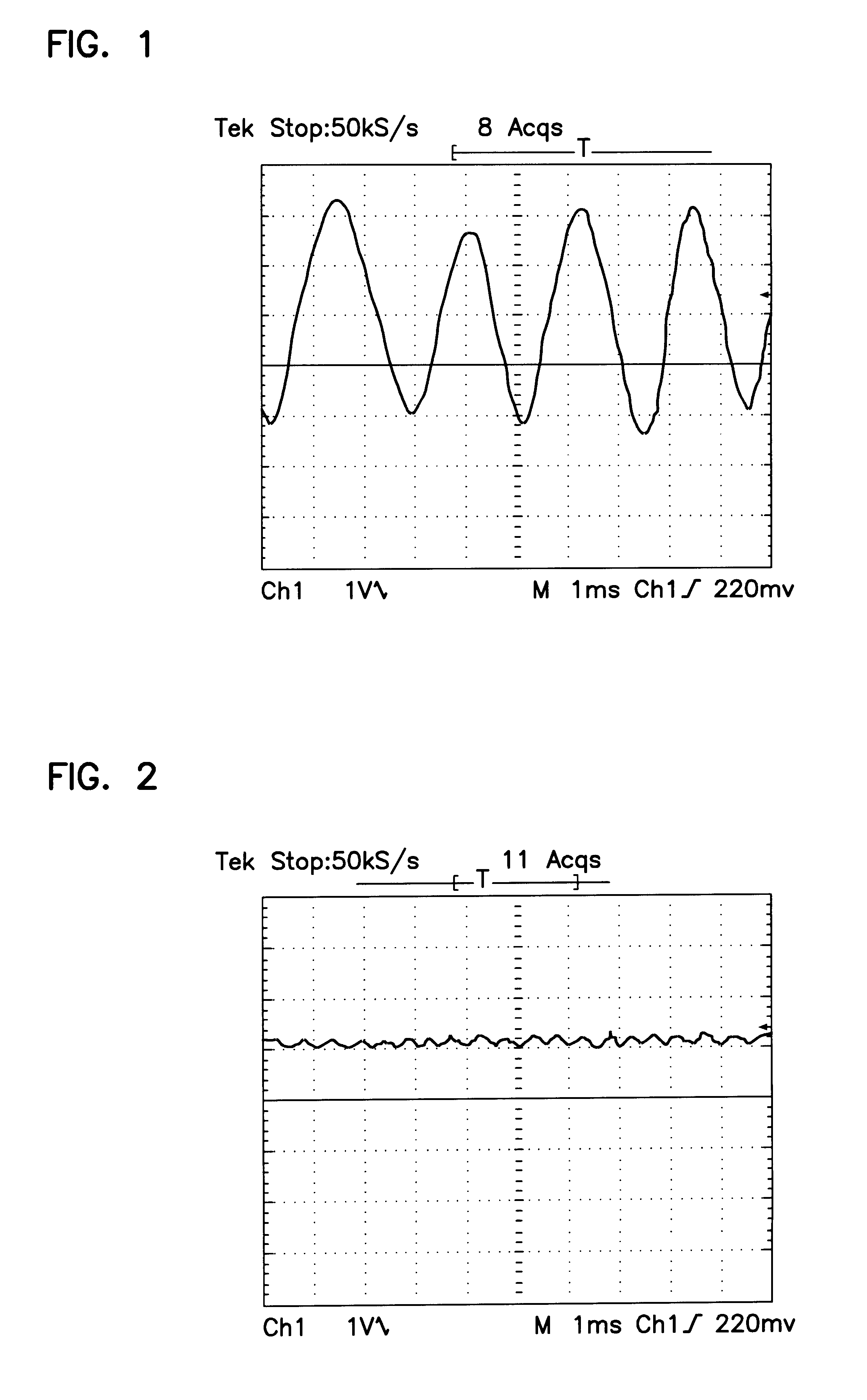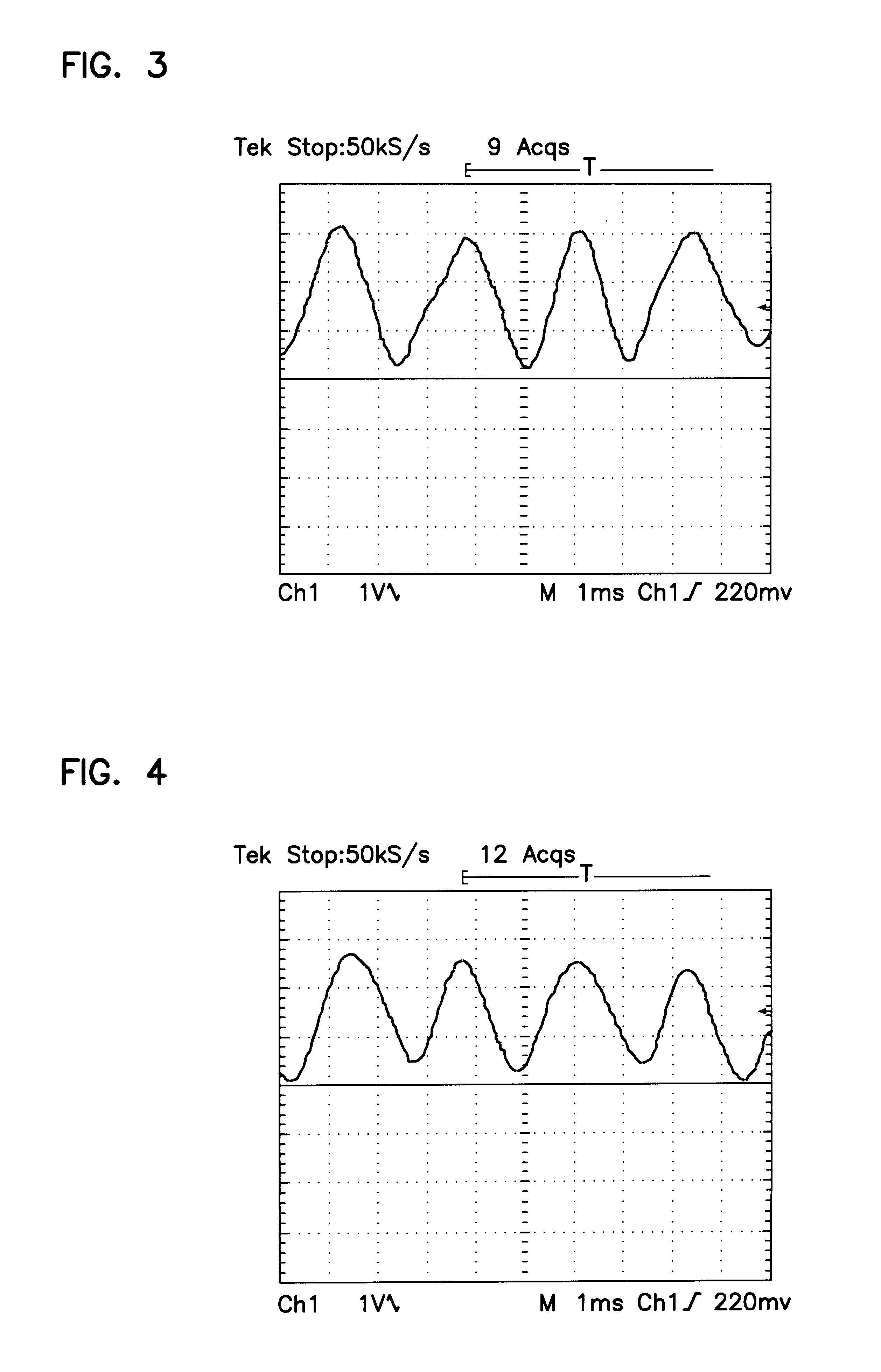Electrodeposition process of a cobalt-chromium film on aluminum alloys for magnetic recording
a technology of cobalt-chromium film and aluminum alloy, which is applied in the field of electrodeposition process of cobalt-chromium film on aluminum alloy, can solve the problems of insufficient delicacy, high cost of this process, and inability to electrodepose cobalt-chromium film having chromium content, and achieve excellent magnetic recording function
- Summary
- Abstract
- Description
- Claims
- Application Information
AI Technical Summary
Benefits of technology
Problems solved by technology
Method used
Image
Examples
example 1
The invention was demonstrated by using the most difficulty electrodeposited 6061 aluminum alloy as the substrate to be treated. The chemically polished 6061 aluminum alloy was pretreated in about 4M solution of phosphoric acid, with a carbon plate as the cathode and the 6061 aliminum alloy as the anode, at a temperature of about 40.degree. C. and an anodic voltage of 20 volts, and electrified via the anode for about 10 minutes. After the pretreatment, the 6061 aliminum alloy was placed into plating bath containing cobalt and chromium ions and electrodeposited with a 36.8 mA / cm.sup.2 current density. The composition of the plating bath contained about 0.05M CoCl.sub.2.multidot.6H.sub.2 O, about 0.8M CrCl.sub.3.multidot.6H.sub.2 O, about 0.5M NH.sub.4 Cl, about 0.5M NaCl, about 0.15M H.sub.3 BO.sub.3, about 1.37M N,N-dimethylformamide and about 100 grams deionized water. The chromium content of the cobalt-chromium film resulting from the direct current electrodepositing at room tempe...
example 2
The steps of example 1 were repeated except that after being chemically polished and pretreated in phosphoric acid, the aluminum alloy was electrodeposited with a current density of 55.2 mA / cm.sup.2 in a cobalt-chromium plating bath. The chromium content of the resulting cobalt-chromium film was 7.72 wt %. The hardness, vertical coercive force (Hc .perp.) and horizontal coercive force (Hc .parallel.), vertical ramenence magnetization (Mr.perp.) and horizontal ramenence magnetization (Mr.parallel.) were also listed in Table 1, respectively.
After the resulting Co-Cr film being magnetized, the voltage swing induced by a magnetic resistance sensor was about 1.4 volts, as illustrated in FIG. 3. The read out voltage swing was significantly larger than the voltage swing 0.1 volt of a commercial magnetic drum, as illustrated in FIG. 2. The obtained Co-Cr film on the 6061 aluminum alloy has an excellent performance of magnetic drum.
example 3
The steps of example 1 were repeated except that after being chemically polished and pretreated in phosphoric acid the aluminum alloy was electrodeposited with a current density of 73.71 mA / cm.sup.2 in a cobalt-chromium plating bath. The chromium content of the resulting cobalt-chromium film was 8.29 wt %. The hardness, vertical coercive force (Hc .perp.) and horizontal coercive force (Hc .parallel.), vertical ramenence magnetization (Mr.perp.) were horizontal ramenence magnetization (Mr.parallel.) were also listed in Table 1, respectively.
After the resulting Co-Cr film being magnetized, the voltage swing induced by a magnetic resistance sensor was about 1 volt, as illustrated in FIG. 4. The read out voltage swing was significantly larger than the voltage swing 0.1 volt of a commercial magnetic drum, as illustrated in FIG. 2. The obtained Co-Cr film on the 6061 aluminum alloy has an excellent performance of magnetic drum.
PUM
| Property | Measurement | Unit |
|---|---|---|
| anodic voltage | aaaaa | aaaaa |
| temperature | aaaaa | aaaaa |
| anodic voltage | aaaaa | aaaaa |
Abstract
Description
Claims
Application Information
 Login to View More
Login to View More - R&D
- Intellectual Property
- Life Sciences
- Materials
- Tech Scout
- Unparalleled Data Quality
- Higher Quality Content
- 60% Fewer Hallucinations
Browse by: Latest US Patents, China's latest patents, Technical Efficacy Thesaurus, Application Domain, Technology Topic, Popular Technical Reports.
© 2025 PatSnap. All rights reserved.Legal|Privacy policy|Modern Slavery Act Transparency Statement|Sitemap|About US| Contact US: help@patsnap.com



